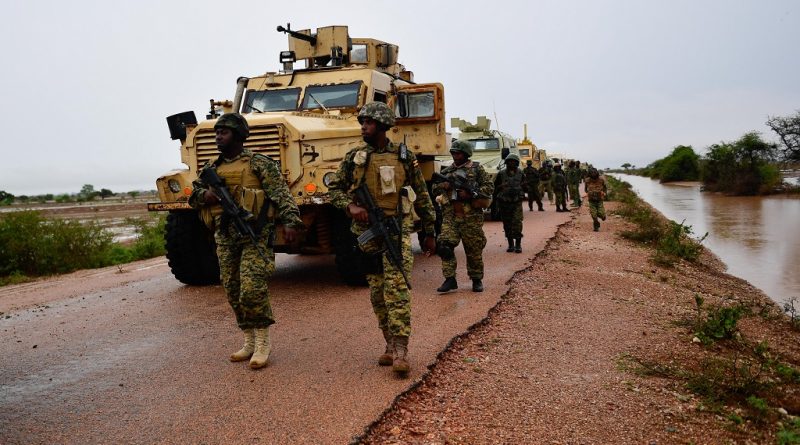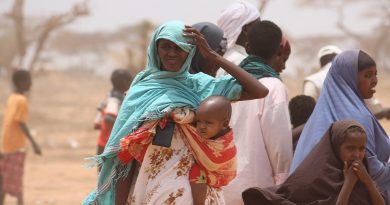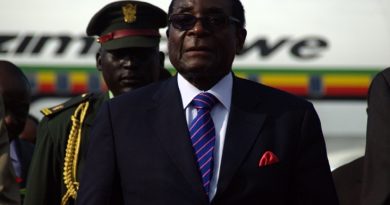AMISOM’s Troops Withdrawal
The aftermath of the United Nations Security Council Resolution 2373
After more than ten years of deployment, the African Union Mission to Somalia (AMISOM) has initiated a gradual withdrawal of part of its contingent following United Nations Security Council Resolution 2373. Established on January 19, 2007 by African Union’s Peace and Security Council, AMISOM has often been considered a prime example of the evolution of African peacekeeping according to the much-celebrated principle of “African solutions to African problems”. However, AMISOM’s record has been mixed at best. While it has been able to take back territorial control of central areas from anti-government forces and capacitate the Somali security forces, AMISOM has arguably so far not been able to fully accomplish some of the key objectives of its mandate.
Although the mission’s fundamental tasks have included providing security to enable reconciliation and peacebuilding and to protect its own personnel, facilities, installations, and equipment, a critical view of the situation would severely question if indeed it has reached these objectives. A number of attacks targeting politicians, government officials, civilians, and AMISOM forces themselves have continued to take place, while Islamist anti-government forces continue to claim control over significant areas. Some of these attacks have been devastating and their continuation has raised serious questions about AMISOM’s success and capability to pacify and provide conditions conducive to peace.
AMISOM dependence on external funding
Despite relying largely on forces of countries from the region (mainly Uganda, Burundi, Ethiopia, and Djibouti), AMISOM has depended on external funding. Since 2016, the mission has experienced increasing difficulties following a number of controversial decisions by the European Union to reduce its stipend which has largely financed AMISOM. This has heightened the pressure on the mission to maintain its operations with reduced resources and African Union member states to pick up the bill for funding AMISOM.
Any significant withdrawal of AMISOM troops is likely to generate the need for other external military force to compensate for its decreasing deployment until the Somali military and police apparatus can be fully in charge of providing security. This puts pressure on the remaining AMISOM contingent, and, for example, on the United States Africa Command (AFRICOM) which already has hundreds of troops engaged in the region. An alternative arrangement could be that the military of a given African state assumes part of peacekeeping responsibility due to the reduction of AMISOM forces, but this is an unlikely scenario because it requires, at a minimum, a solution for funding the contingent, willingness and acceptance of a given country to intervene, and the intervening force having sufficient local legitimacy in Somalia.
Soldiers serving under the African Union Mission in Somalia (AMISOM). Photo by Ilyas Ahmed / Public domain
![]() This work is licensed under a Creative Commons Attribution-NonCommercial-ShareAlike 4.0 International License.
This work is licensed under a Creative Commons Attribution-NonCommercial-ShareAlike 4.0 International License.




